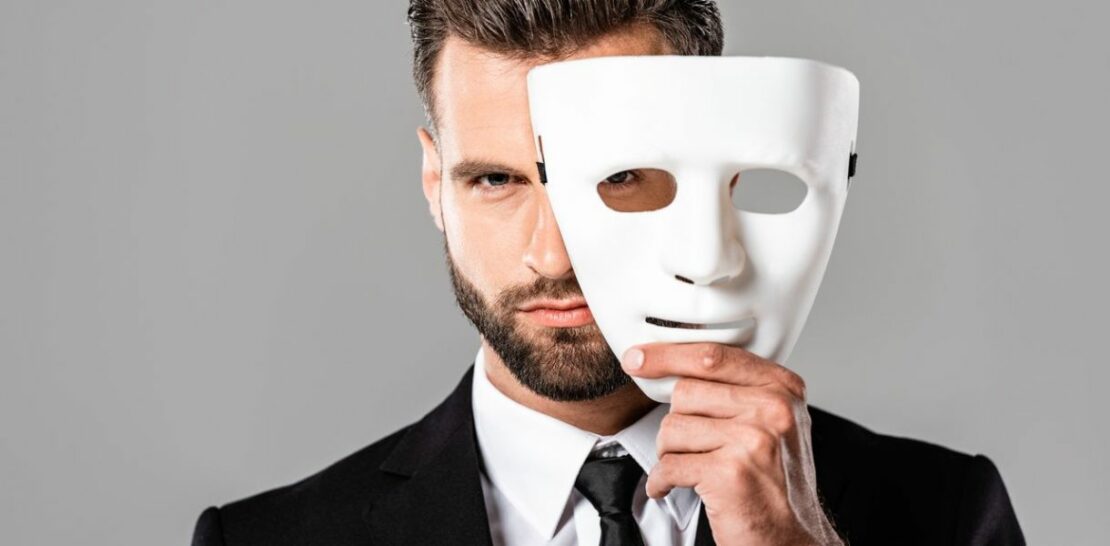Deception is a skill that people often employ to achieve their objectives, and it can sometimes be challenging to determine whether someone is being truthful or not.
This comprehensive guide will provide you with the knowledge and tools to spot a liar within seconds, no matter the context.
From body language to speech patterns, we’ll explore the various ways that people signal their dishonesty, enabling you to make informed decisions and protect yourself from being fooled.
The Science of Deception Detection: Understanding the Basics
Before diving into the specific techniques for spotting a liar, it’s crucial to understand the underlying science of deception detection. Deception is a complex psychological phenomenon that can manifest in various ways, and understanding these nuances will greatly enhance your ability to identify dishonesty.
Psychology of Lying
At its core, lying is a form of manipulation, with the liar attempting to shape the beliefs or actions of another person. Deception can be driven by various motives, such as personal gain, avoiding punishment, or protecting someone’s feelings. Understanding these motivations can provide valuable context when attempting to identify dishonesty.
Signs of Cognitive Load
When someone lies, they are often under increased cognitive load. This mental strain can manifest in several ways, such as increased response times, reduced eye contact, and the use of filler words like “uh” or “um.” By recognizing these signs, you can more readily identify when someone may be struggling to maintain a false narrative.
Reading Body Language: The Hidden Language of Liars
Body language is a powerful nonverbal communication tool that can provide valuable clues about a person’s honesty. While no single body language cue is a foolproof indicator of deception, certain patterns and combinations can signal that someone is being untruthful.
- Facial Expressions: Genuine emotions are often reflected in our facial expressions, and this can be difficult to control when lying. Look for micro-expressions – brief, involuntary facial expressions that may betray a person’s true emotions – or incongruent facial expressions, where the emotion displayed does not match the content of their speech.
- Gestures and Posture: Deceptive individuals may exhibit defensive postures, such as crossing their arms or legs. Additionally, they may use self-soothing gestures, like touching their face or neck, to alleviate the stress of lying.
- Eye Contact: While maintaining eye contact is often seen as a sign of honesty, some liars will consciously try to maintain eye contact to appear more truthful. Conversely, others may avoid eye contact when lying. Look for changes in eye contact patterns and other signs of discomfort.
Evaluating Speech Patterns: The Telltale Signs of Deception
Just as body language can reveal deception, so too can a person’s speech patterns. By carefully listening to the words, tone, and pace of someone’s speech, you can often identify signs of dishonesty.
- Word Choice: Liars may use vague or evasive language to avoid providing specific details. They may also use distancing language, such as referring to themselves in the third person or avoiding the use of pronouns like “I” or “we.”
- Sentence Structure: When constructing a lie, people may inadvertently create more complex sentences than when speaking truthfully. This can result in longer, more convoluted statements that can be difficult to follow.
- Tone and Pitch: The stress of lying can cause changes in a person’s vocal pitch and tone. This can manifest as a higher-pitched or more monotone voice, or as fluctuations in volume and pacing.
Practical Applications: Spotting Lies in Everyday Life
Now that you are familiar with the various ways that deception can manifest, you may be wondering how to apply these techniques in everyday life. The key is to remain observant and open-minded, and to consider multiple factors when evaluating someone’s honesty. Here are some practical tips for spotting liars in your daily interactions:
Establish a Baseline
Before attempting to identify deception, it’s important to establish a baseline for a person’s behavior. Observe their normal patterns of speech and body language when they are relaxed and telling the truth. This will allow you to more easily spotdeviations and inconsistencies when they may be lying.
Ask Open-Ended Questions
Encourage the person to provide more information by asking open-ended questions that require more than a simple “yes” or “no” response. This can make it more challenging for a liar to maintain their false narrative and may reveal inconsistencies in their story.
Look for Clusters of Cues
As mentioned earlier, no single indicator of deception is foolproof. Instead, look for clusters of cues – a combination of body language, speech patterns, and other signs – that suggest dishonesty. The more cues that are present, the greater the likelihood that the person is being deceitful.
Remain Objective
It can be easy to let personal biases and emotions cloud our judgment when evaluating someone’s honesty. Make a conscious effort to remain objective and focus on the observable signs of deception, rather than allowing your preconceived notions or feelings to influence your assessment.
Consider the Context
Finally, always consider the context in which the interaction is taking place. Certain situations, such as high-pressure environments or emotionally charged conversations, may cause people to exhibit signs of stress or discomfort that may be mistakenly interpreted as deception. Be mindful of these factors and adjust your expectations accordingly.
In conclusion, becoming adept at spotting liars is an invaluable skill that can protect you from deception and help you make more informed decisions in your personal and professional life. By understanding the science of deception detection, learning to read body language and speech patterns, and applying these techniques in everyday situations, you can greatly enhance your ability to discern truth from lies. Remember to remain observant, objective, and open-minded as you hone this crucial skill, and you will soon find yourself able to spot a liar in a matter of seconds.




